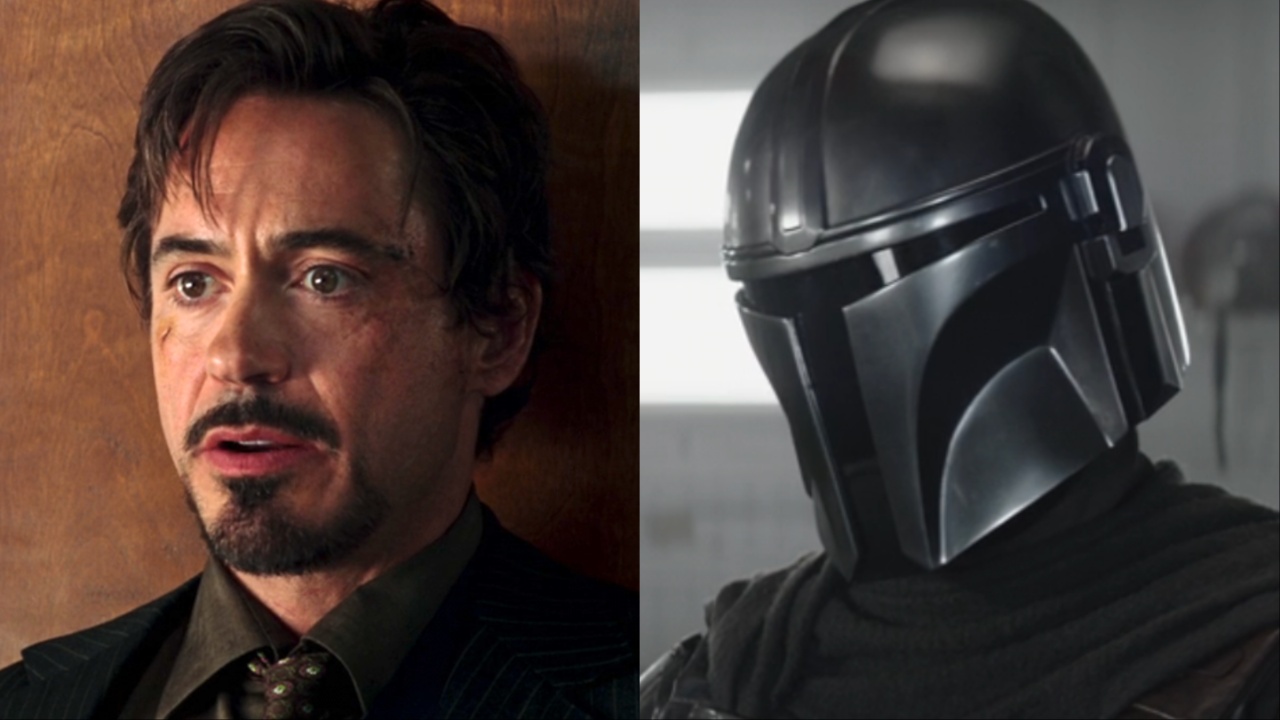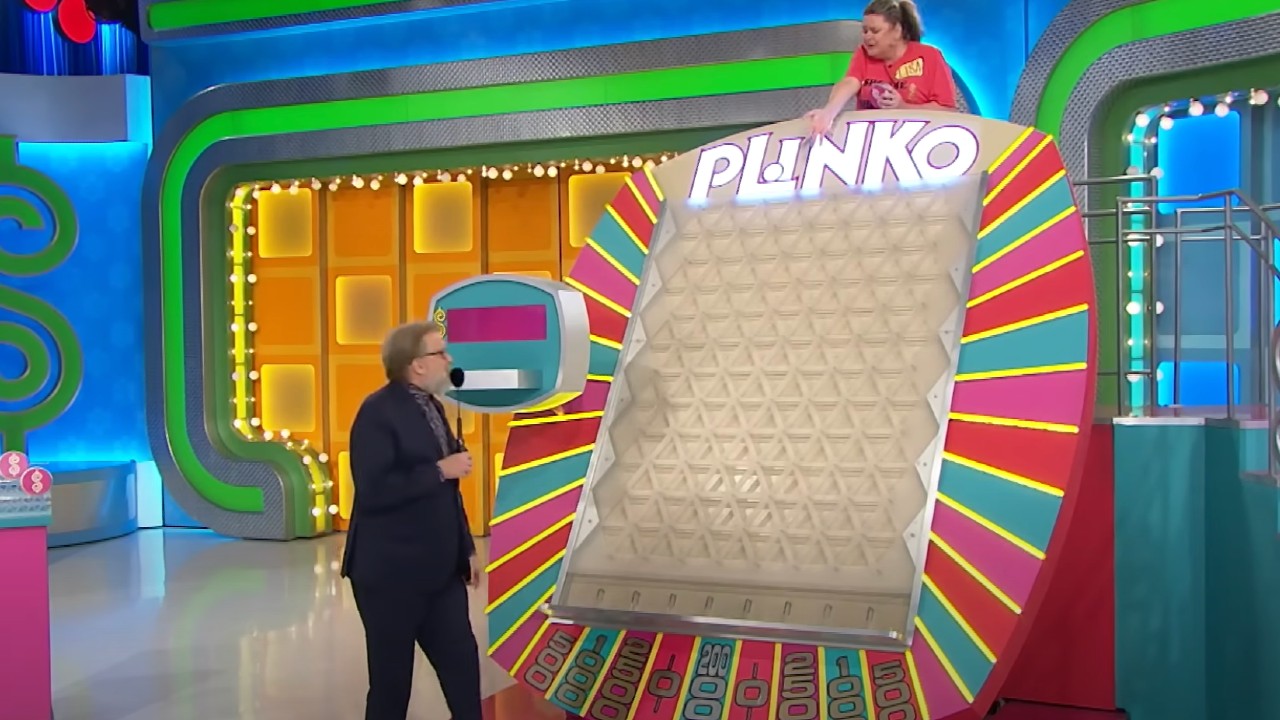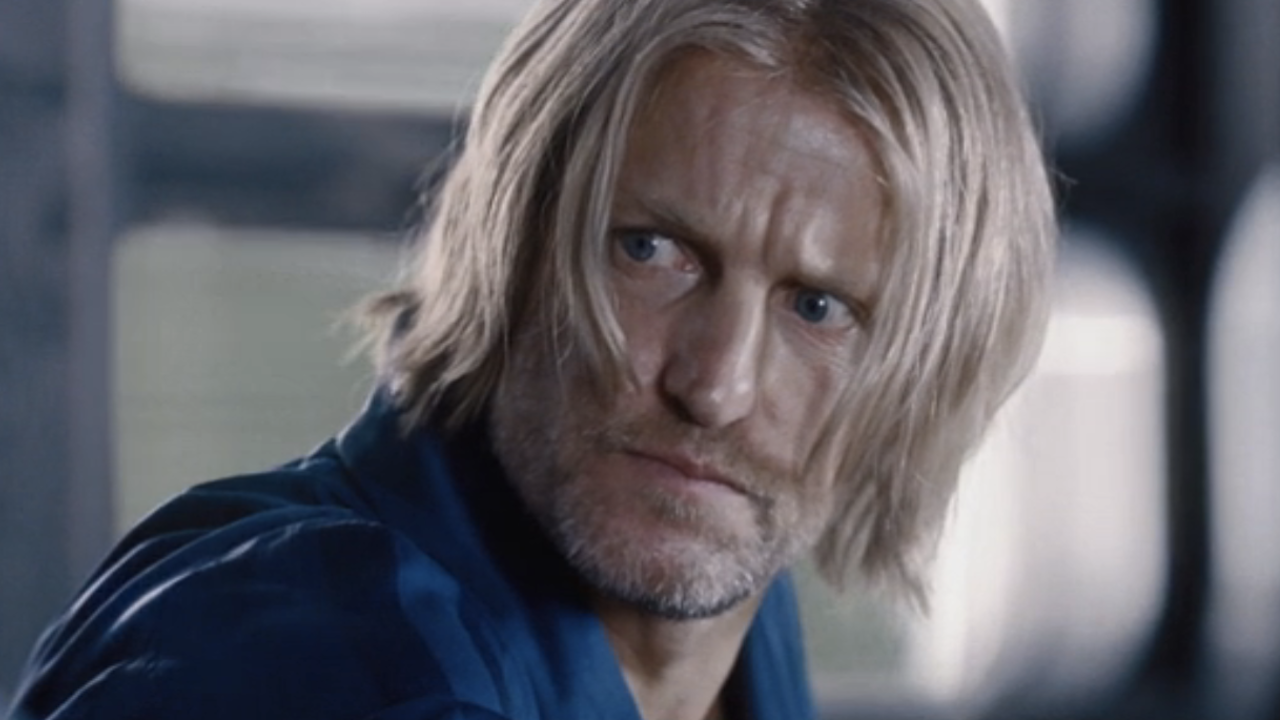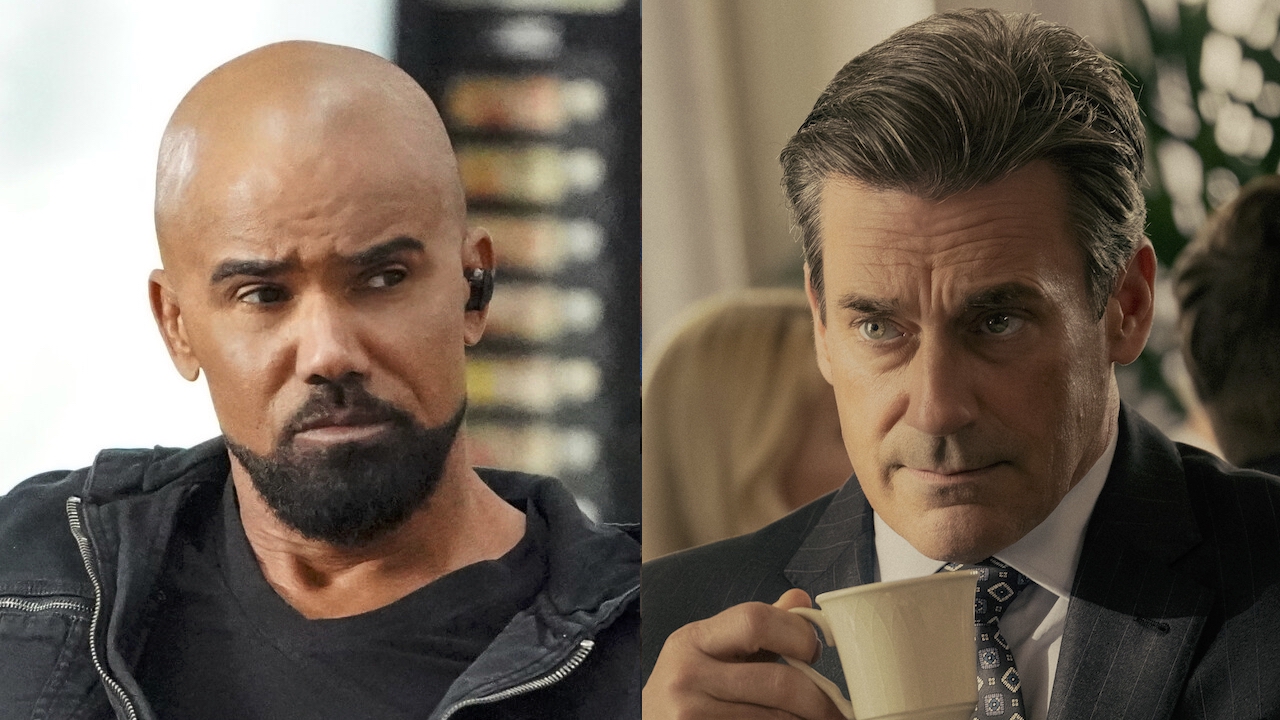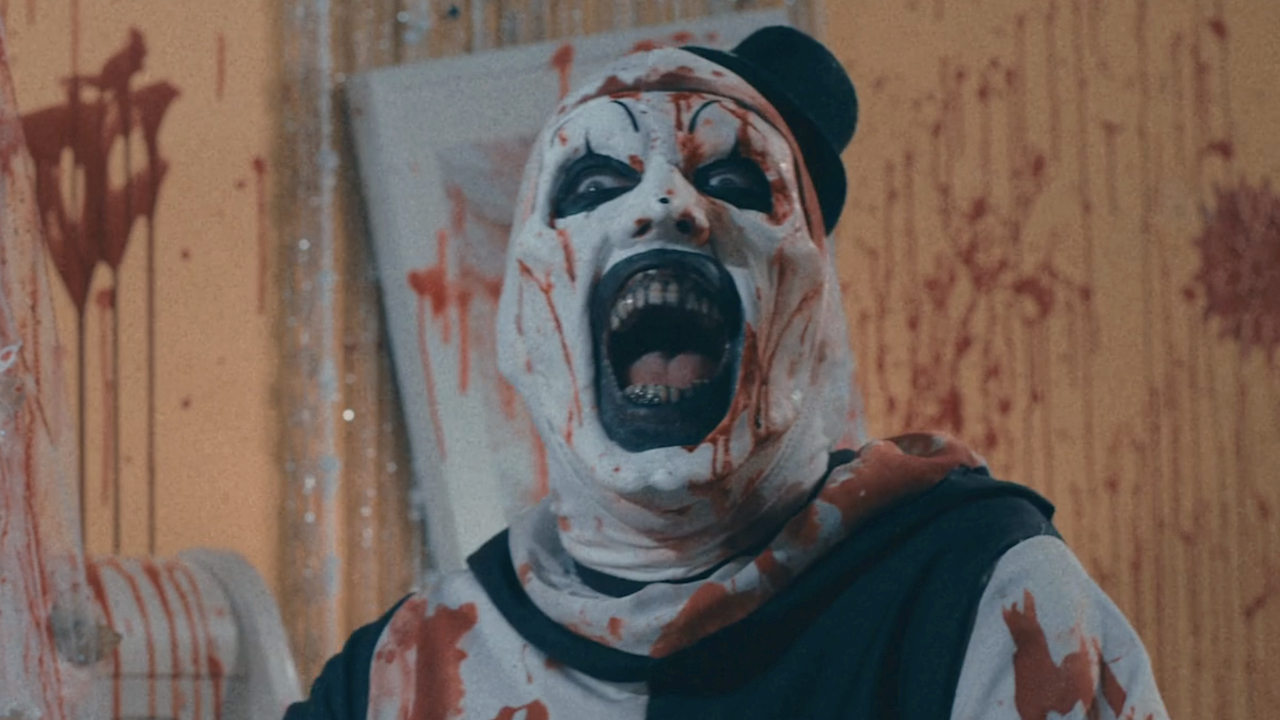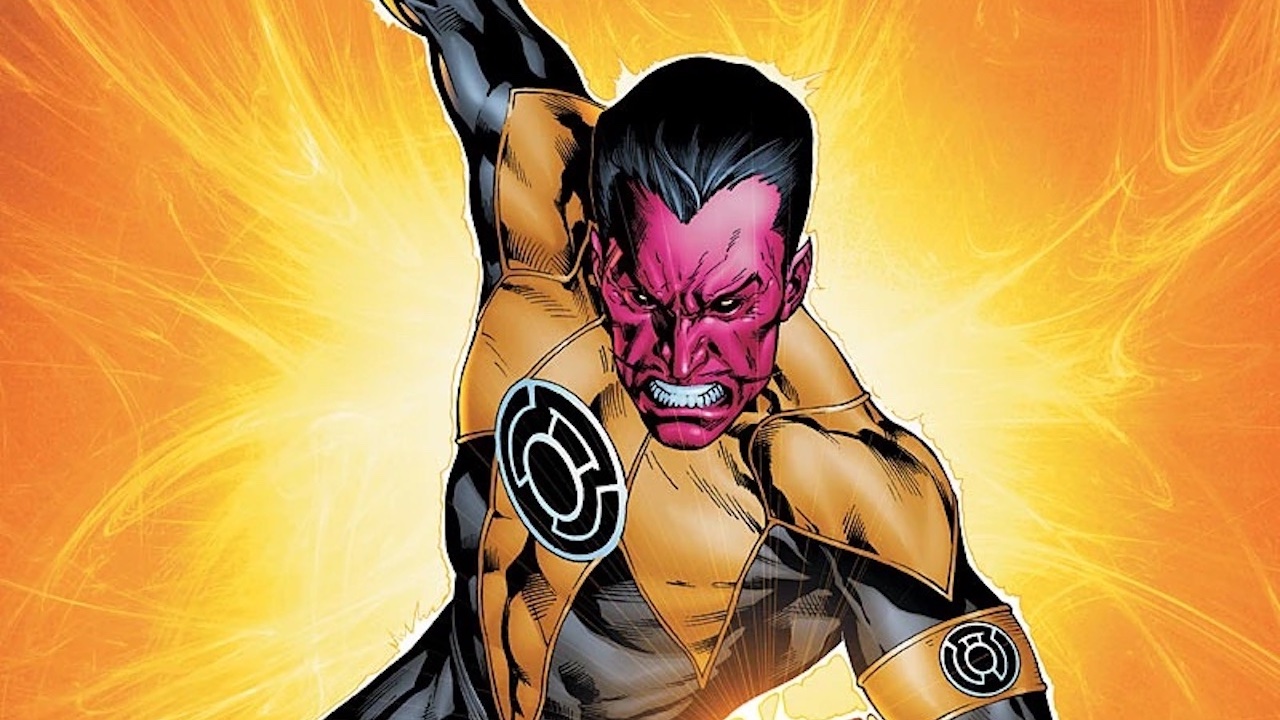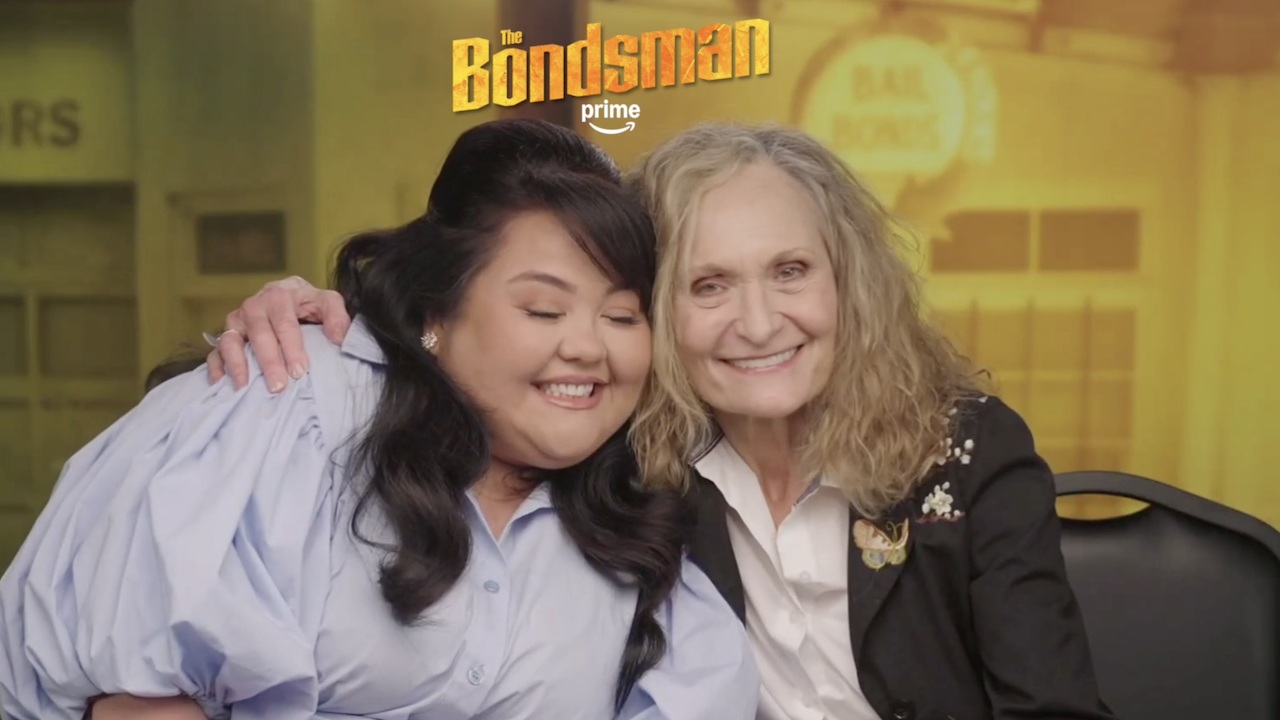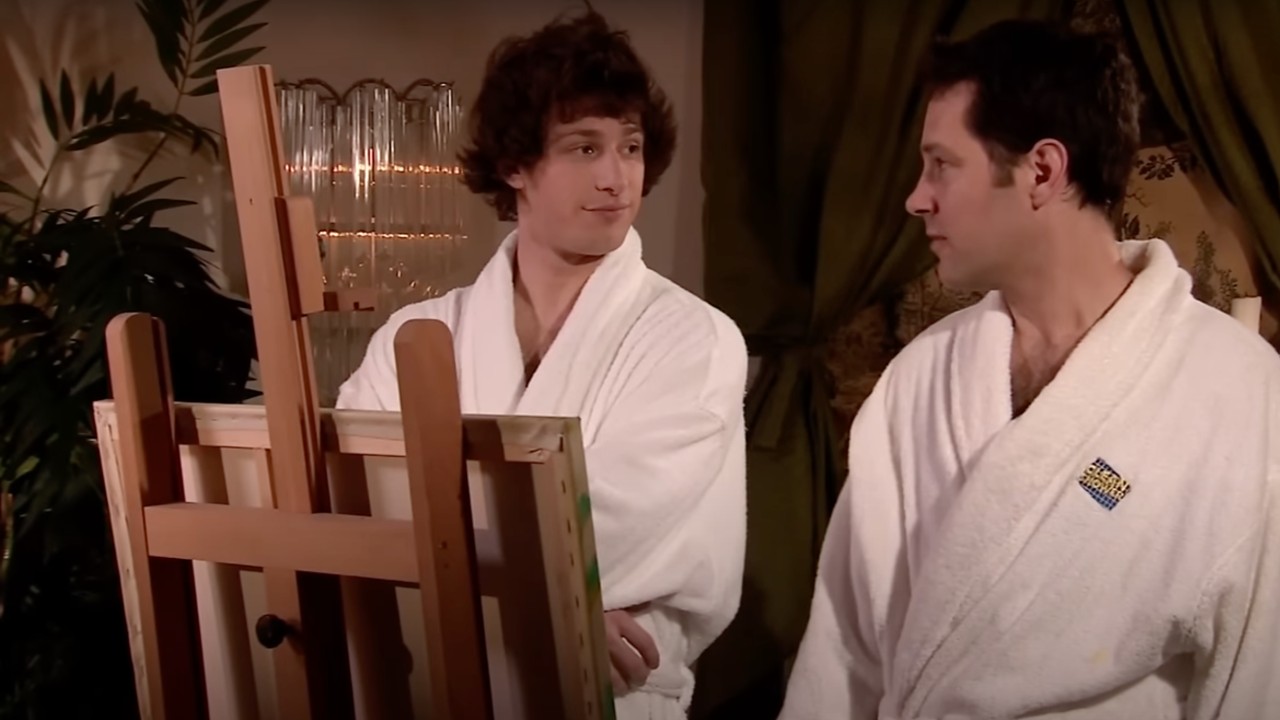Do Movie Theaters Have A 'Trailers' Problem?
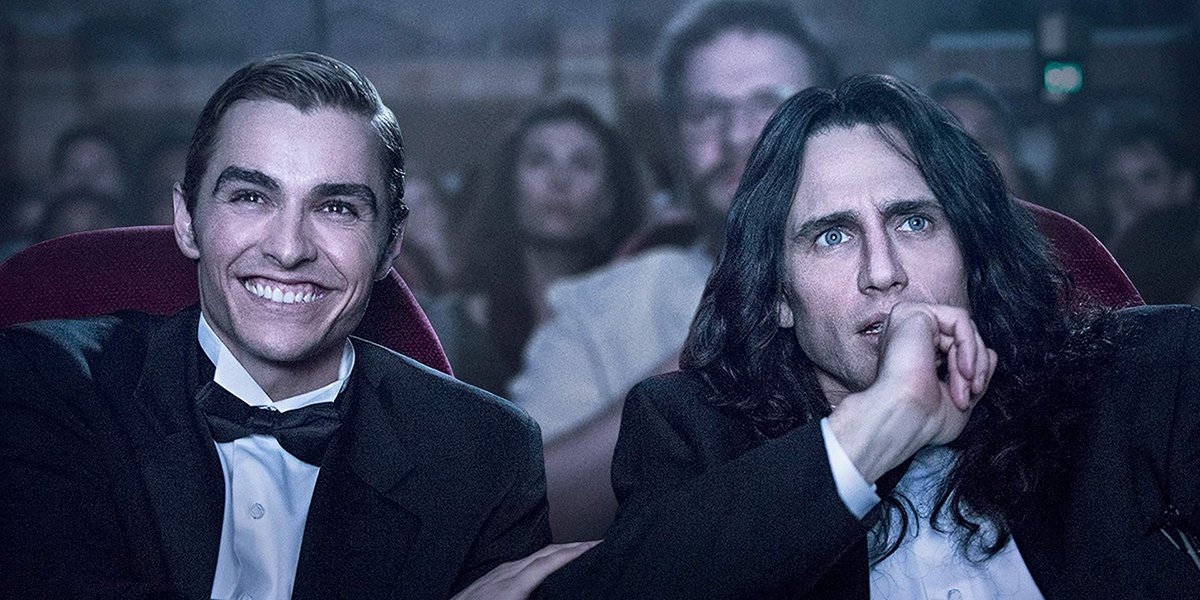
When people talk about the problems with going to the movies today, most of what they complain about doesn’t have much to do with what’s happening on the screen itself. High ticket prices, people coming in late, people on their cell phones during the movie, people talking during the movie, etc, are all annoyances of modern moviegoing. But there may be another element, one that’s part of the presentation itself, that’s rubbing moviegoers the wrong way: too many trailers.
So we must ask, do movie theaters have a ‘trailers’ problem?
According to a recent poll done by The Hollywood Reporter, they just might. The poll found that 59% of Americans believe that one to three trailers in the theater before a movie is ideal. While the preferences vary by age group, across the board, the majority of those surveyed prefer one to three trailers as opposed to four to six, or seven to nine.
One to three trailers before a movie might be ideal to many, but if you’ve went to a movie lately, the chances that you’ve had that ideal number of trailers before your feature presentation is probably pretty slim. The large chains like AMC Theatres, Cinemark Theatres and Regal Cinemas often include five to eight trailers before the movie, clocking in at 15-20 minutes.
ArcLight Cinemas sticks to a tight seven minutes, or around three trailers, and the same may be true of smaller independents. But for the most part, the bulk of American movie theaters are operating under a 'more is more' model when it comes to trailers.
This is only one poll, and more data on the subject is certainly warranted, but this disparity between moviegoers' ideal amount of in-theater trailers and the actual amount shown in most of the big chains (where most people are seeing movies) suggests that there is indeed a trailer problem.
It is undeniable that trailers are a huge part of the moviegoing experience. They were first introduced all the way back in 1913 and began morphing into their modern form in the '60s and '70s. Movie trailers have been a part of moviegoing for nearly as long as movies have been around, and they are great in a lot of ways.
CINEMABLEND NEWSLETTER
Your Daily Blend of Entertainment News
Yet for all their positive attributes, a lot of factors, both internal and external, have rendered the sheer amount of trailers attached to modern movies into more of a burden than a blessing. In my view, anything that detracts from the theatrical experience needs to be seriously looked at. Therefore, although opinions will vary greatly based on personal preference, it seems that movie theaters do have something of a ‘trailers’ problem.
That problem is several fold. For one thing, nowadays, you don’t have to go to the movies to watch the latest movie trailers; you can watch them at home on a TV, computer monitor or a six-inch phone screen often before they even show up in theaters. This is just conjecture, but I think that part of the reason that people tend to favor fewer trailers is because there’s a not-insignificant chance that you’ve already seen the trailers before you walk into the theater.
This is almost certainly truer for movie fans, but even general audiences have access to YouTube and social media, where the latest trailers are shared around for all to see. Because of that, trailers don’t have quite the novelty and effect they once did. We aren’t being shown something for the first time or having a new experience, we’re just being shown something we’ve already seen before and therefore we aren’t as engaged.
The recent trend of theater-only trailers is an interesting concept that could counter that kind of fatigue. It makes you sit up and take notice when a trailer neither you, nor anyone else in the audience, has ever seen before begins to play. However, if theater-only trailers are to become a thing, they are merely in their embryonic stage at this juncture.
The other big factor likely reducing the tolerance of a lot of trailers is runtime, and this is where a ton of trailers really starts to get annoying. Perhaps in an effort to compete with streaming alternatives by giving consumers more runtime for their buck, movies are getting longer. Just this year, movies like Avengers: Endgame, Once Upon a Time in Hollywood, IT Chapter Two and the upcoming The Irishman (which will have a limited theatrical release) have bladder-busting runtimes attached to them.
Those runtimes alone can be challenging when it comes to audience patience, the bathroom break issue and the overall time commitment people have to make to go see a movie. When you tack on 20+ minutes of previews to a movie that’s already nearing or past the three-hour mark, it becomes quite a big ask.
Long runtimes might not stop people from going to the movies if Endgame and IT’s box office are any indication, but on films long and short, it probably does detract from the experience a bit when you’re forced to sit through a half-hour comedy’s worth of trailers. And consider this: with 20 minutes of previews on a three-hour movie, 10% of your experience is not the movie itself, but the trailers. Dropping down to a 90-minute movie, that percentage rises to 18%, making a fifth of your moviegoing experience advertisements.
People like movie trailers, as evidenced by the millions upon millions of views many of them get on YouTube. If you’re at the movies, there’s a good chance that you’re a movie fan and likely want to see some trailers before the feature. Anecdotally, I remember as a kid being totally stoked when a movie had more than three trailers. It felt like we were getting something extra, an unexpected and pleasant surprise.
And just as the theatrical experience of watching a film cannot be replicated at home, the same goes for trailers. There is something fun about seeing a trailer for an anticipated movie on the big screen surrounded by an engaged and excited crowd, and turning to the person next to you to deliver the standard "That looks good" or "I want to see that."
Although not their explicit goal, trailers also allow you some time to get settled and in the mood to watch the movie. Your eyes are given time to adjust to the screen, and the lighting and stragglers have some extra time to get their concessions and get to their seats. Trailers act as something of a grace period in that way, and if you’re running especially late, the more the better.
However, and this is just based on personal experience, the more trailers there are, the more audiences begin to get restless. You can feel it in the theater usually after the fifth trailer; people are just over it. Then, on top of the movie trailers, you still may have to sit through an advertisement for Coke, the theater itself and perhaps even the premium format you’re watching the movie in. I’m already in the theater! You have my money, you don’t need to sell me anymore! Don’t tell me why it’s great, show me!
You can also make the case that lots of trailers, rather than acting as a grace period, actually encourage audiences to be late, because they know they have time. This leads to the distracting scene in the auditorium where people can’t find their seats, can’t keep their family together and generally stumble about to the chagrin of those who arrived on time.
The business utility of trailers is powerful and obvious. Trailers are advertisements designed to sell you on a particular film and get you to return to the theater to see more movies in the future. And unlike a trailer playing on TV or before a YouTube video, you can’t change the channel or press the skip button. When you are watching a trailer in the theater, you are a captive audience.
In-theater trailers mean guaranteed, measurable audience exposure to specific trailers. That is a powerful promotional tool to get eyeballs on an upcoming film. These promos can also be lucrative for the exhibitor, inclining them to play more trailers overall. So a wide net is cast, playing a lot of trailers to you, the captive audience.
The problem is that sometimes it can feel like you are just that, captive Not in an engaged sort of way, but captive in that you feel a bit trapped, unable to leave because you want to see the movie, but desperately hoping that it would just start already.
In an era of declining attendance, the sanctity of the theatrical experience is paramount, and the available evidence points to that experience not being an ideal one based on the amount of trailers playing in theaters before a movie. So while it’s not necessarily being reflected at the box office, at least not in any clear, measurable way, it seems to me that movie theaters do have a small ‘trailers’ problem.
Trailers are awesome; movies wouldn’t be the same without them, but there can be too much of a good thing. Although the poll suggested most moviegoers want one to three trailers before a movie, that seems a bit restrictive and unrealistic. I think somewhere between three and five trailers is the sweet spot, in addition to whatever other advertisements there are telling me how great the chair I’m sitting in is.
Check out our 2019 Release Schedule to see what’s headed to the theaters this fall and let us know how many trailers you prefer to see in theater before a movie in the poll below.
This poll is no longer available.
Nick grew up in Maryland has degrees in Film Studies and Communications. His life goal is to walk the earth, meet people and get into adventures. He’s also still looking for The Adventures of Pete and Pete season 3 on DVD if anyone has a lead.

